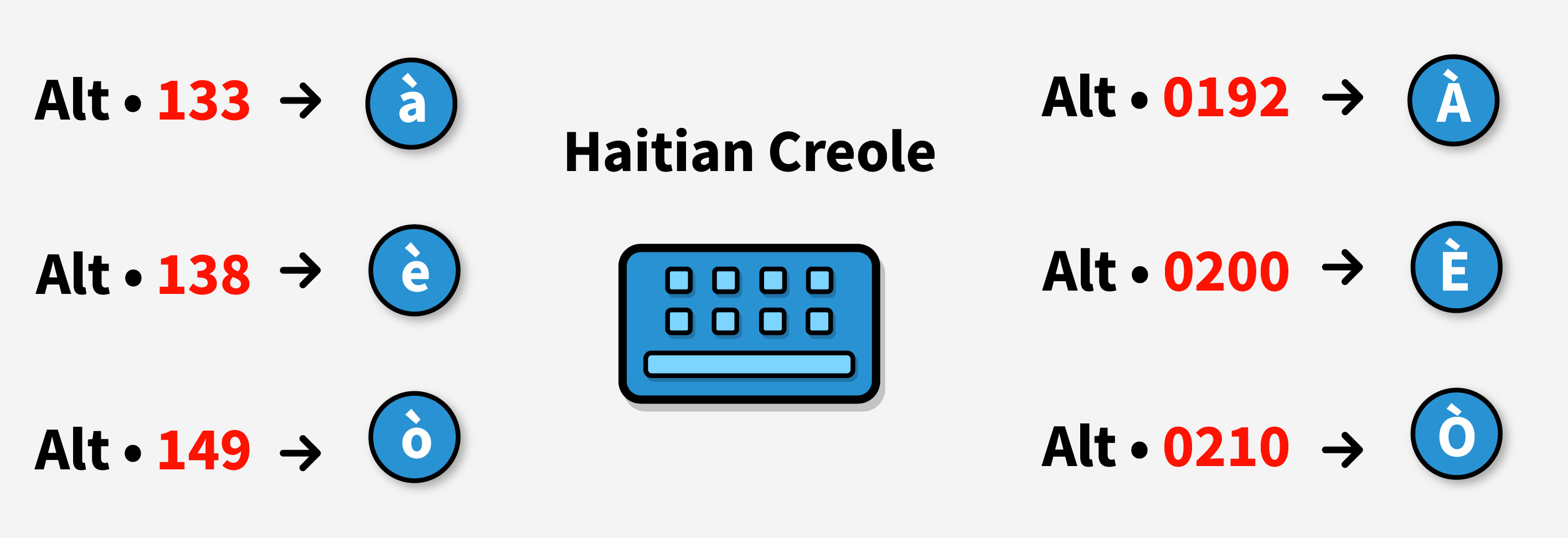What You Will Learn
In this lesson, you will learn the following:
1. How to introduce yourself to someone
2. How to ask someone to introduce himself
3. How to introduce someone else to others
How to Introduce Yourself to Someone
- 1. To tell someone your name in Haitian Creole, say Mwen rele or Non mwen se and then say your name.
- 2. To tell someone where you are from, say Mwen soti or Mwen sot and then say the place you are from.
- 3. To tell someone what you are, say Mwen se yon and then say what your role, job or assignment is.

Example 1
Saying what your name is
Mwen rele Ronel.
My name is Ronel.
Example 2
Saying where you are from
Mwen soti Ayiti.
I am from Haiti.
Example 3
Saying what you do for work
Mwen se yon pwofesè.
I am a teacher.
How to Ask Someone to Introduce Himself
- 1. To ask someone for his name in Haitian Creole, say Kòman ou rele? or Ki jan ou rele?
- 2. To ask someone where he is from, say Ki kote ou soti?
- 3. To ask someone what he does for work, say Ki travay ou fè? or Ki sa ou fè?

When asking where somone is from, you can be more specific by saying ki kote and then say the name of the area you are referring to.
Ki peyi ou soti?
What country are you from?
Ki vil ou soti?
What city are you from?
How to Introduce Someone Else to Others
- 1. To introduce someone else to others, say Li rele and then say the person's name.
- 2. To say where someone else is from, say li soti or li sot and then say where the person is from.
- 3. To say what someone else's job is, say Li se yon and then say the name of the job or profession.

Example 1
Saying what someone else's name is
Li rele Jenny.
Her name is Jenny.
Example 2
Saying where someone else is from
Li sot Canada.
She is from Canada.
Example 3
Saying what someone else does for work
Li se yon enfimyè.
She is a nurse.
It Starts With a Greeting
A simple greeting is a great way to start a conversation with someone who speaks Haitian Creole. Therefore, please see our lessons on making greetings and asking basic questions in Haitian Creole.











